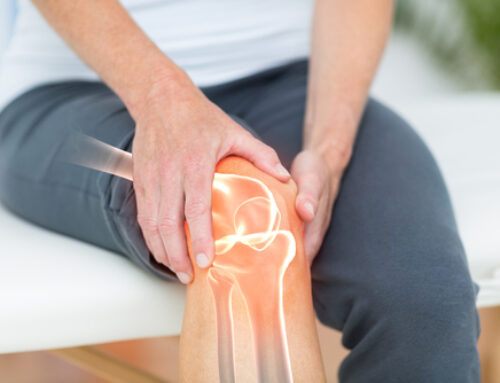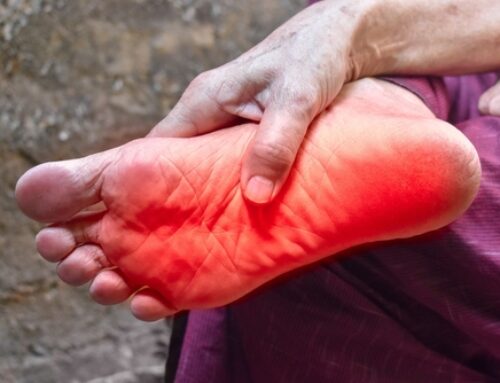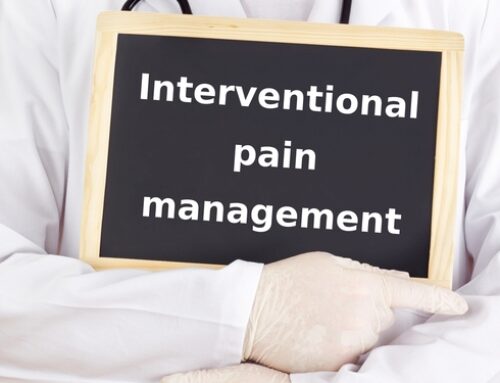Pain doesn’t recognize the changing of the seasons, but your body does. The way we experience pain can shift drastically as the weather changes. This comprehensive guide offers insights into managing pain effectively as the seasons turn, ensuring you’re prepared no matter the weather.
Introduction to Pain Management Across Seasons
Weather can be a friend or foe when it comes to chronic pain. While some find relief in the warmth of summer, others brace for flare-ups due to rising temperatures. Understanding the connection between pain and seasonal changes is the first step in crafting an effective, year-round pain management plan.
The Intricacies of Pain Management
Pain is a complex puzzle, with pieces including physical health, mental wellbeing, and environmental factors like weather. Effectively managing pain means considering all these aspects, tailoring strategies to fit your unique experiences and the specific challenges each season brings.
How Seasons Can Influence Chronic Pain
Barometric pressure, temperature, and humidity are more than small talk: they can significantly impact chronic pain. Many individuals report that their pain symptoms worsen or improve depending on the season, indicating a strong link between weather conditions and pain levels.
Winter Woes: Dealing with Chronic Pain in Cold Weather
Winter can be harsh for those with chronic pain. Lower temperatures often mean stiffer joints and increased discomfort. Adapting your pain management strategy for the colder months can mean the difference between struggling and thriving during winter.
Adjusting Your Pain Management Plan
Winter necessitates specific changes to your routine. This can involve tweaking medication dosages, incorporating hot baths or heating pads for warmth, and ensuring your home environment remains cozy and free of drafts.
Benefits of Physical Therapy During Winter
Staying active can be challenging when it’s cold outside, but physical therapy can be especially beneficial during winter. It keeps your body moving and joints lubricated, which can help reduce pain and stiffness caused by chilly weather.
Spring Into Action: Managing Pain in the Warmer Months
Spring offers a reprieve from the cold, but the transition isn’t always smooth. As activities increase, understanding how to manage pain effectively while embracing the new season’s opportunities is key.
Importance of Consistent Movement
Don’t let pain keep you indoors! Spring is the perfect time to engage in gentle exercise. Regular movement increases flexibility, strength, and can even decrease pain levels. Plus, the endorphins released during exercise act as natural painkillers!
Managing Allergies and Pain Simultaneously
For many, spring means allergy season, which can exacerbate pain. Keeping allergies under control is crucial, as significant allergy symptoms can lead to poor sleep and increased stress, potentially worsening pain.
Summer Strategies: Combatting Heat-Induced Flare-Ups
Summer heat can be a blessing for some and a curse for others. High temperatures might help with joint stiffness, but they can also lead to inflammation and swelling. Knowing how to manage these symptoms is essential for a pain-free summer.
Staying Hydrated to Ease Pain
Dehydration can significantly worsen pain symptoms. During the hot summer months, it’s crucial to drink plenty of water. Staying hydrated helps maintain lower levels of inflammation and keeps joints lubricated.
The Role of Diet in Managing Summer Inflammation
Summer offers an abundance of fresh fruits and vegetables, which can be powerful allies in fighting inflammation. Enjoying a diet rich in natural antioxidants can help manage inflammatory pain conditions.
Autumn Adjustments: Preparing for Pain in the Fall
Autumn weather changes can again trigger pain symptoms. Preparing for cooler temperatures, increased rainfall, and potential mood shifts can help you maintain a consistent pain management routine.
Why Some People Experience Increased Pain in Autumn
Falling barometric pressure is a common culprit behind increased pain in autumn. This shift can cause bodily fluids to move from blood vessels to tissues, leading to increased pressure on nerves and consequently, pain.
Mental Health and Its Impact on Fall Season Pain
The decrease in daylight hours during fall can affect mood, potentially exacerbating pain symptoms. Staying socially connected and engaged, and seeking professional help if needed, is vital in managing pain related to mood changes.
Pain Management Techniques Tailored to Each Season
Effective pain management is not a one-size-fits-all approach, especially when considering seasonal changes. Tailoring your pain management techniques to suit the demands of each season can provide better control over your symptoms year-round.
Seasonal Exercise Tips
Customize your exercise routine to fit the season. Embrace swimming in summer, indoor workouts in winter, and enjoyable walks in the mild weather of spring and fall. Adapting your activities not only keeps them exciting but also accounts for seasonal pain variations.
Medication Adjustments by Season
Your medication needs may change with the seasons. Always consult with a healthcare professional before making any adjustments, but be aware that different weather conditions might necessitate changes in medication types or dosages.
Alternative Therapies in Pain Management
While medications are a cornerstone of pain management, alternative therapies also offer relief and can be particularly effective when adapted for seasonal changes.
Acupuncture Across Seasons
Acupuncture can be used strategically to address seasonal pain. This therapy can increase blood flow and alter pain signaling, providing relief from seasonally fluctuating pain levels.
Seasonal Benefits of Yoga for Pain
Yoga is a versatile activity that can be practiced year-round. It promotes flexibility, strength, and mindfulness, helping manage pain. The adaptability of yoga makes it an ideal component of a seasonal pain management plan.
The Psychological Side of Seasonal Pain Management
Never underestimate the power of the mind in managing pain. Psychological factors can significantly influence the perception of pain, and mental health tends to fluctuate with the seasons.
Seasonal Affective Disorder (SAD) and Pain
SAD is a type of depression correlating with seasons, typically beginning in fall and continuing through winter. Managing SAD is crucial for individuals with chronic pain, as the stress and depression associated with it can exacerbate pain symptoms.
Stress Management Techniques for Different Seasons
Stress influences pain, and seasonal activities or changes can cause stress levels to spike. Techniques like meditation, deep breathing, and journaling can help manage stress and, in turn, control pain.
Expert Insights: Interviews with Healthcare Professionals
Gaining perspective from healthcare professionals can provide deeper insights into why pain might fluctuate with the seasons and how to best manage these changes. These experts often have tips that are specific to seasonal variations, offering a more tailored approach to pain management.
Adapting Your Life to Manage Pain Year-Round
Living with chronic pain means being adaptable. Your environment, routine, and health will change, and your pain management strategies must evolve too. By anticipating and understanding these changes, you can maintain a higher quality of life, regardless of the season.
Pain Management and The Changing of the Seasons
This isn’t just about surviving each season; it’s about thriving. Understanding the unique challenges and benefits each season presents allows for a more proactive approach to pain management. By adjusting your strategies throughout the year, you can ensure more consistent pain control and a fuller, more engaged life.
FAQs on Seasonal Pain Management
How does cold weather specifically affect pain? Cold weather can cause muscles to stiffen and joints to ache more due to reduced blood circulation, often worsening pain symptoms, especially for individuals with arthritis.
Are there any supplements helpful for seasonal pain management? Vitamin D supplements can be beneficial, especially during winter months when sunlight exposure is limited. However, it’s essential to consult a healthcare professional before starting any supplement regimen.
Can seasonal allergies exacerbate pain symptoms? Yes, the stress on the body caused by allergic reactions can increase inflammation, potentially worsening pain.
How important is hydration in pain management across seasons? Extremely important. Proper hydration helps maintain bodily functions, including those that mitigate pain. It’s important year-round, not just during the summer.
Does barometric pressure affect pain? Many people report that their pain symptoms are influenced by changes in barometric pressure, often experiencing more pain when pressure drops, such as before a storm.
What role does mental health play in seasonal pain management? A significant one. Stress, anxiety, and depression can all amplify pain perception. Managing mental health is a crucial component of a comprehensive pain management plan.
Conclusion: Embracing Change, Managing Pain
Understanding pain’s relationship with the changing seasons opens doors to more effective management strategies. By adapting your approach with each season’s arrival, you empower yourself to live a fuller, less painful life, regardless of the weather outside. Remember, you’re not at the mercy of the seasons. With the right knowledge and strategies, you can take charge of your pain management and improve your quality of life year-round.





